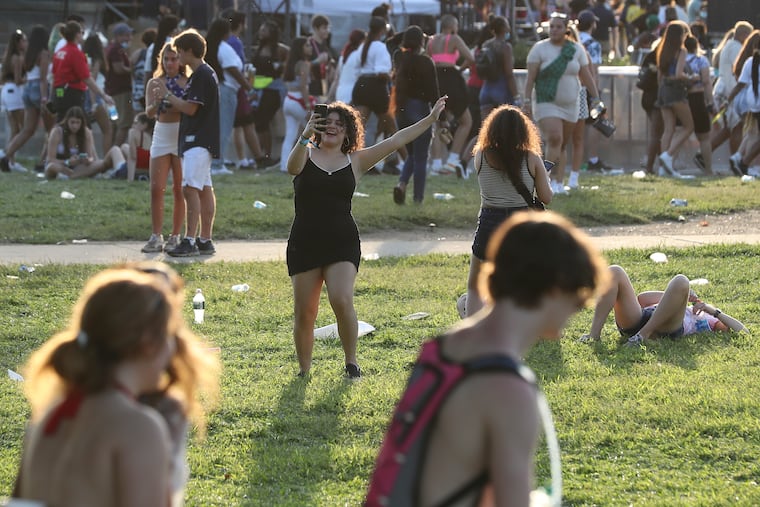Gen Z is moving to big cities — including Philly — while older generations flee
Reports and census data show that as older generations are trying to escape larger cities, Gen Z is flocking to them. Philadelphia is no exception.

Reports and census data show that as older generations are trying to escape larger cities, Gen Z is flocking to them. Philadelphia is no exception.
